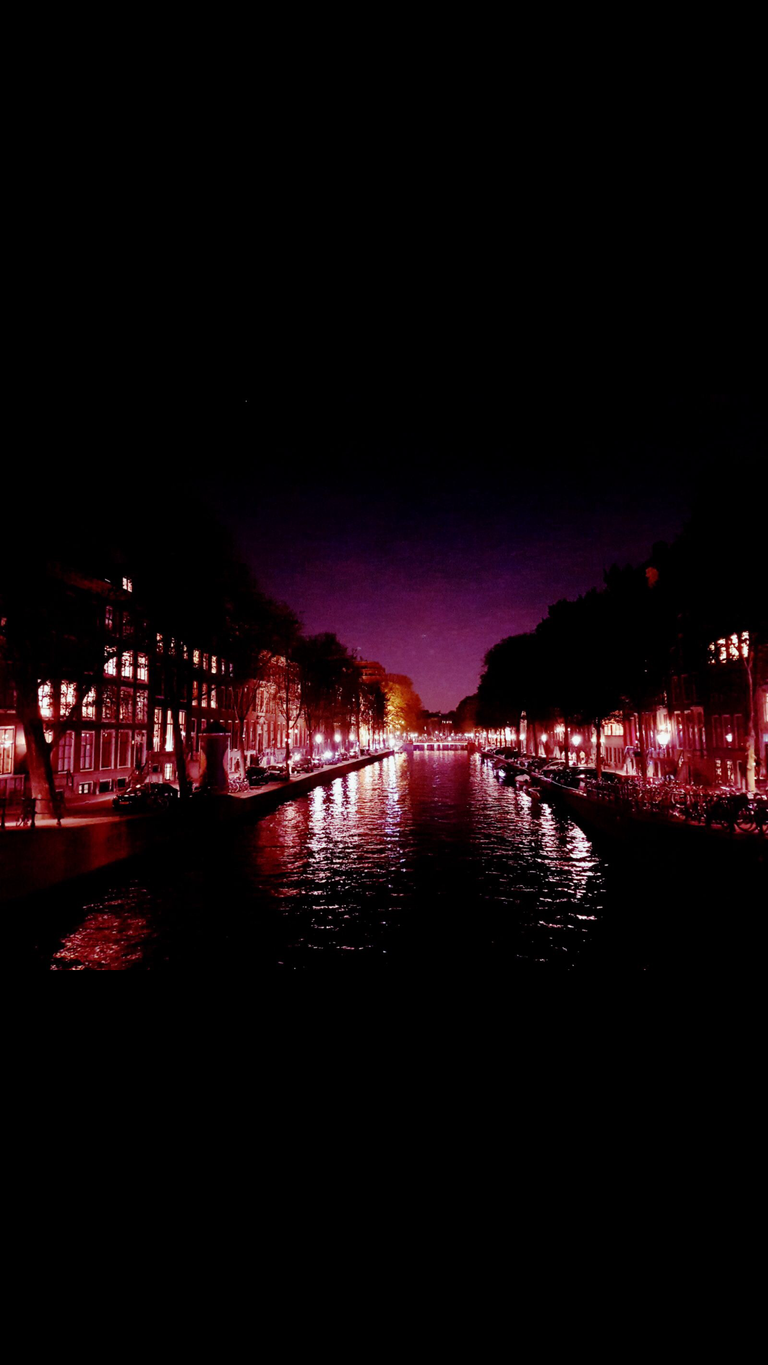Amsterdam's name derives from Amstelredamme,[15] indicative of the city's origin around a dam in the river Amstel. Originating as a small fishing village in the late 12th century, Amsterdam became one of the most important ports in the world during the Dutch Golden Age (17th century), a result of its innovative developments in trade. During that time, the city was the leading centre for finance and diamonds.[16] In the 19th and 20th centuries the city expanded, and many new neighborhoods and suburbs were planned and built. The 17th-century canals of Amsterdam and the 19–20th century Defence Line of Amsterdam are on the UNESCO World Heritage List. Since the annexation of municipality Sloten in 1921 by the municipality of Amsterdam, the oldest historic part of the city lies in Sloten (9th century).
As the commercial capital of the Netherlands and one of the top financial centres in Europe, Amsterdam is considered an alpha world city by the Globalization and World Cities (GaWC) study group. The city is also the cultural capital of the Netherlands.[17] Many large Dutch institutions have their headquarters there, and seven of the world's 500 largest companies, including Philips and ING, are based in the city.[18] In 2012, Amsterdam was ranked the second best city to live in by the Economist Intelligence Unit (EIU)[19] and 12th globally on quality of living for environment and infrastructure by Mercer.[20] The city was ranked 3rd in innovation by Australian innovation agency 2thinknow in their Innovation Cities Index 2009.[21] The Amsterdam seaport to this day remains the second in the country, and the fifth largest seaport in Europe.[22]
Famous Amsterdam residents include the diarist Anne Frank, artists Rembrandt van Rijn and Vincent van Gogh, and philosopher Baruch Spinoza.
The Amsterdam Stock Exchange, the oldest stock exchange in the world, is located in the city center. Amsterdam's main attractions, including its historic canals, the Rijksmuseum, the Van Gogh Museum, Stedelijk Museum, Hermitage Amsterdam, Anne Frank House, Amsterdam Museum, its red-light district, and its many cannabis coffee shops draw more than 5 million international visitors annually.[23] It is also the world's most multicultural city with at least 177 nationalities represented.[24]

Die Stadt an sich hat ein internationales Flair und bietet etwas für jeden Geschmack. Angefangen von Grachtenrundfahrten, Museumsbesuchen und Shoppingtrips bis zu den verschiedensten Formen von Unterhaltung und Ausgehen am Abend. Nichts ist weit voneinander entfernt und alles ist gut durch den öffentlichen Verkehr zu erreichen.
Die Museen Amsterdams
Museen AmsterdamIn Amsterdam findet man viele weltberühmte Gemälde, Zeichnungen und Plastiken. Fast jedem fallen das Van-Gogh-Museum, das Reichsmuseum oder das Museum der Stadt Amsterdam ein. Insgesamt gibt es mehr als 50 verschiedene Museen plus eine Vielzahl privater Galerien, die jedes Jahr Hunderttausende von Besuchern anziehen.
Coffee-Shops
Coffeeshops Amsterdam In Holland ist der Verkauf von kleinen Mengen Cannabis legal, doch unterliegt der Handel strengen staatlichen Regulierungen und Kontrollen. Des weiteren ist der Verkauf an Minderjährige verboten und pro Kunde darf nur eine Menge von 5 Gramm abgegeben werden. Harte Drogen sind streng verboten!
Hotels in Amsterdam
Hotels Amsterdam Unsere Datenbank bietet eine Auswahl von über 1300 Hotels, die durch unseren einfachen und bequemen Reservierungsservice online gebucht werden können. Es werden dabei keine Gebühren oder Vorauszahlungen erhoben. Außerdem bieten wir auch Reservierungs möglichkeiten für Jugendherbergen an.
Amsterdam Hotels